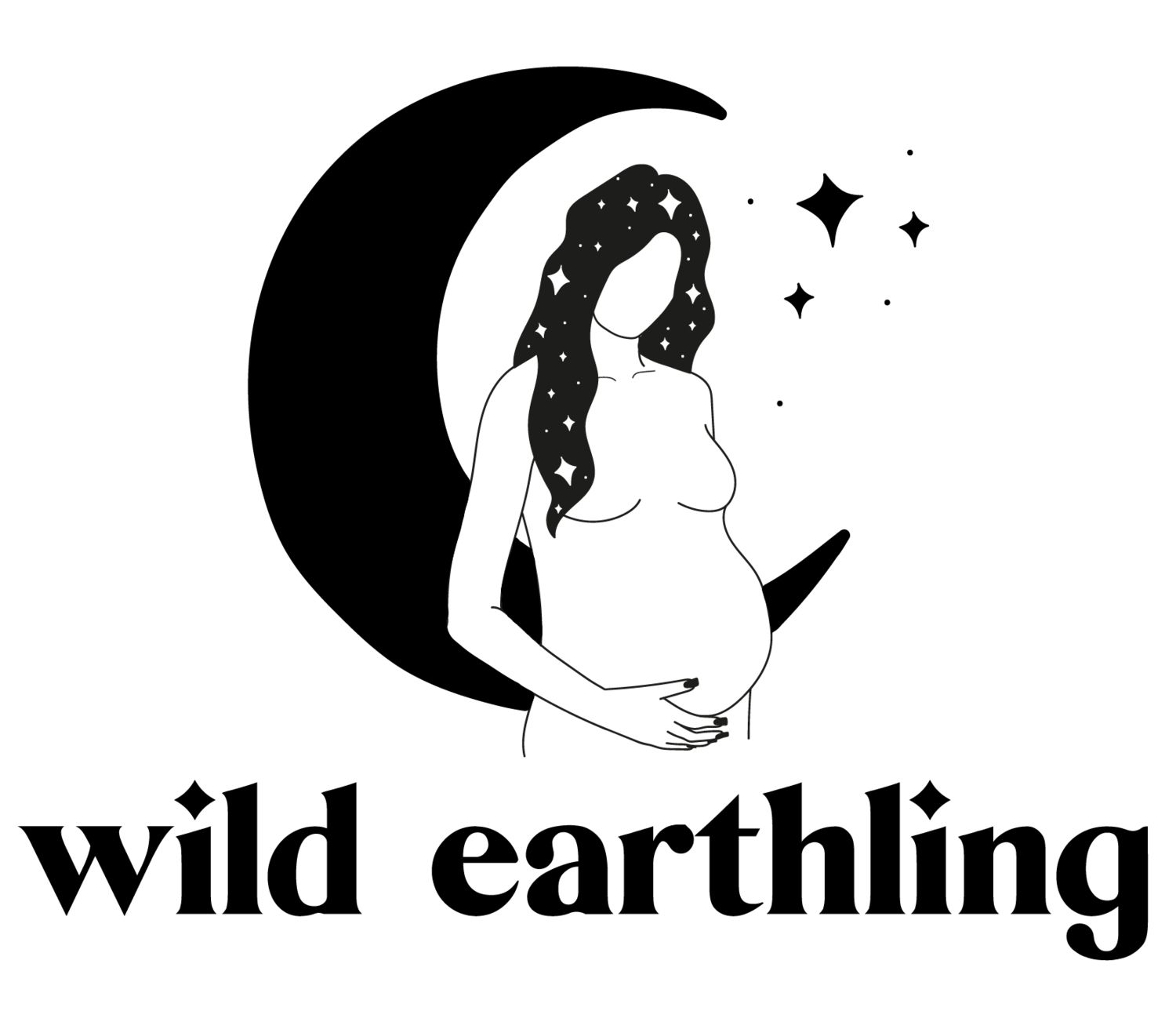Dinosaur Unit (Ages 2.5+)
Paleontologists and dinosaur enthusiasts alike trek throughout Utah for its impressive history with dinosaurs. It’s known as the “Dinosaur State” and boasts fossil records of more dinosaur species than any other state, along with the most complete record of prehistoric life than anywhere in the world!
Dinosaurs first sparked Dakota’s interest when we went through the Dino Dash Car Wash. She saw dinosaur statues at the grocery store and around town, too. It’s a recurring theme here, so I’m not surprised that she wanted to learn more about them.
Even if you don’t live in Utah, you can still take your child on a prehistoric adventure through time with this Montessori-inspired Dinosaur Unit. Here’s what our paleo program looked like for the week:
Disclaimer: This post contains affiliate links and I receive a small commission (at no extra cost to you) from any sales made through such links. Thank you for supporting the work of this blog.Paleontologists and dinosaur enthusiasts alike trek throughout Utah for its impressive history with dinosaurs. It’s known as the “Dinosaur State” and boasts fossil records of more dinosaur species than any other state, along with the most complete record of prehistoric life than anywhere in the world!
Science
Dinosaur Excavation: I purchased an excavation kit and it was definitely Dakota’s favorite activity from this unit. This project should be done outside because there’s a lot of dust.
The kit comes with a digging tool and brush tool, but the brush is small so I gave her a large paintbrush that we had on hand. I recommend supplementing this kit with a pair of children’s googles for safety, and a wooden hammer to make the excavation process easier. It will give your child a chance to work on their fine motor skills, too.
After Dakota finished excavating, she used a toothbrush to wash the bones with soap and water. There were no instructions on how to assemble the skeleton, but it wasn’t too hard to figure out. I used the photo on the box for reference.
St. George Dinosaur Discovery Site: This museum exists on a 200-million-year-old ecosystem where dinosaurs used to roam. They have both real fossils and authentic replicas, along with full-sized models of prehistoric animals. We loved this place so much that we ended up getting an annual pass for $25 (for a family of 3).
The history of the museum begins in 2000, when local optometrist, Dr. Sheldon Johnson, was leveling a hill on his property. After removing several feet of topsoil, he came across a thick sandstone layer. This layer was the “paleontological jackpot”: dinosaur footprints! Dr. Johnson and his wife, LaVerna, decided to share the tracks with the world, opening their farm to the public. Within a few months, trained paleontologists from around the state, plus hundreds of volunteers, helped uncover thousands of fossils. Utah Paleontologist, Jim Kirkland has said, “The St. George track site is not only the oldest Jurassic dinosaur site in Utah, it is the best basal Jurassic track site in western North America.”
St. George Dinosaur Discovery Site
Dino Matching Game: I purchased printables for $1.25 from Drag Dropping Learn on Teachers Pay Teachers.
Sensory
Dino Footprints: For this activity, you’ll need a set of dinosaur figurines and play dough. I made play dough using half the recipe from Imagination Tree and brown natural food coloring.
Math
Dino Counting Cards: I uploaded a free printable on Teachers Pay Teachers.
Literacy
*This section was updated on 1/31/21.
Little Kids First Big Book of Dinosaurs: If you only buy one dinosaur book, this is the one to get! It’s a beautifully illustrated book that covers 100 small, big, giant, and gigantic dinosaurs. Each dinosaur page showcases interesting facts, phonetic translations of the names for easy pronunciation, and questions that keep children interactive. Another neat feature are the scale diagrams that compares dinosaurs to the size of a human, so your kids can get a better idea of how big or small a dinosaur really was.
Dinosaurs, Dinosaurs: We found this book at the library and find the bright imagery to be stimulating.
Never Touch a Dinosaur: This is a sensory book with different textures that toddlers love to touch and feel.
“d” Sensory Tray: I didn’t want to waste money on a Montessori sand tray, so I made my own using a wooden tray and DIY colored rice that I already had at home. The photo shown above isn’t perfect, but it’s an accurate representation of her learning how to write “d”. Your child must have completed their work with the Montessori alphabet and sandpaper letters prior to doing this activity. I cover this lesson in How to Teach the Alphabet the Montessori Way.
“Every young kid will tell you that dinosaurs and fossils are really cool or, in the words of one four-year old, “dinosaurs are cool and fossils are the best!” Dinosaurs and fossils are the window through which most kids and many adults now get their first introduction to science. Paleontology is art, science, and imagination; it inspires a wealth of curiosity by students about ancient life and helps all of us to know about our origins and how our world with humans came to be.” -Richard K. Stucky







